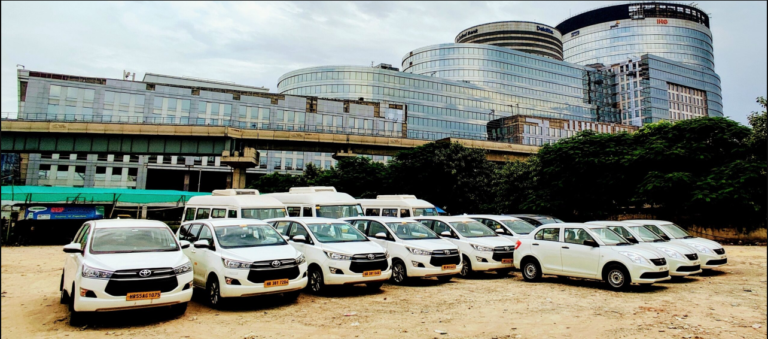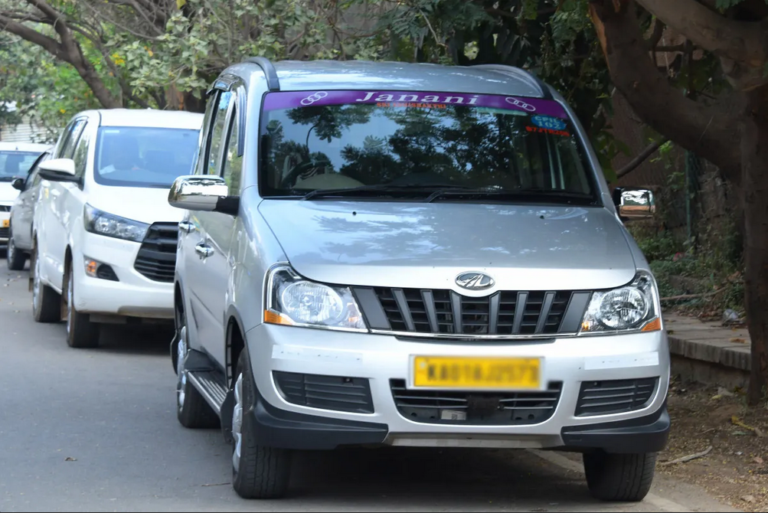Choosing the Right Employee Transportation Model
Employee transportation services have become increasingly crucial in today’s ever-changing work environment. These services not only enhance the well-being of your employees but also significantly contribute to boosting overall operational effectiveness. However, given the plethora of transportation options available, determining the most suitable model for your organization can be overwhelming. This blog aims to assist you in navigating the selection process to find the employee transportation model that best fits your company’s distinct requirements and objectives.


Identifying the Optimal Employee Transportation Model
1.Shuttle Services:
Shuttle services provide a structured and reliable transportation solution for employees. They involve designated routes and schedules, typically operated by the employer or a contracted service provider. Shuttle services offer convenience and efficiency, especially for companies with multiple office locations or large campuses.
2. Carpooling and Ride-Sharing:
Carpooling and ride-sharing programs encourage employees to share rides to and from work, reducing traffic congestion, carbon emissions, and transportation costs. These programs often utilize mobile apps or internal platforms to facilitate connections between employees with similar commuting routes.
3. On-Demand Transportation:
On-demand transportation services offer flexibility and convenience by allowing employees to request rides as needed, often through smartphone apps or web platforms. These services, such as ride-hailing companies or taxi services, provide door-to-door transportation tailored to individual schedules.
4.Company-Owned Fleet:
Company-owned fleet vehicles are directly managed and operated by the employer to transport employees to and from work. This transportation model offers complete control over vehicle maintenance, scheduling, and routes. Company-owned fleets are particularly suitable for organizations with specific security or privacy concerns, as they enable strict oversight of transportation operations.
5.Hybrid Solutions:
In some cases, a combination of these transportation models may be the most effective solution. For example, using shuttle services for daily commutes and on-demand transportation for employees with irregular schedules can offer the best of both worlds.
Key Considerations in Model Selection:
1.Employee Needs: Prioritize understanding the commuting needs and preferences of your workforce. Factors such as distance traveled, work schedules, and the number of employees utilizing the service are essential considerations in selecting the appropriate transportation model.
2. Cost and Budget: Conduct a thorough analysis of your budget and financial capabilities. Each transportation model comes with its own cost structure, so it’s crucial to ensure that your choice aligns with your budgetary constraints and long-term financial goals.
3. Environmental Impact: Take into account your organization’s commitment to sustainability. Evaluate how each transportation model contributes to reducing carbon emissions and minimizing environmental impact. Options such as carpooling and electric vehicle shuttles can significantly support your sustainability initiatives.
4. Operational Logistics: Assess the practicalities and operational requirements associated with each transportation model. Consider factors such as the availability of pick-up/drop-off points, maintenance needs, safety protocols, and regulatory compliance to ensure smooth and efficient operations.
5.Scalability: Anticipate your organization’s potential for growth and expansion. Choose a transportation model that is scalable and adaptable to accommodate an increasing number of employees as your company evolves. Flexibility in scaling up the transportation solution will be essential for meeting future demand without compromising efficiency or quality of service.
Conclusion:
Choosing the appropriate employee transportation model is a critical decision that demands thoughtful deliberation. By grasping the needs of your employees and recognizing the distinct demands of your organization, you can select a model that maximizes your resources, enriches the daily commuting experience, and ultimately fosters a more efficient and content workforce. Whether you decide on shuttle services, carpooling, on-demand transportation, or a blend of these options, the pivotal factor is to ensure alignment with your company’s objectives and principles.